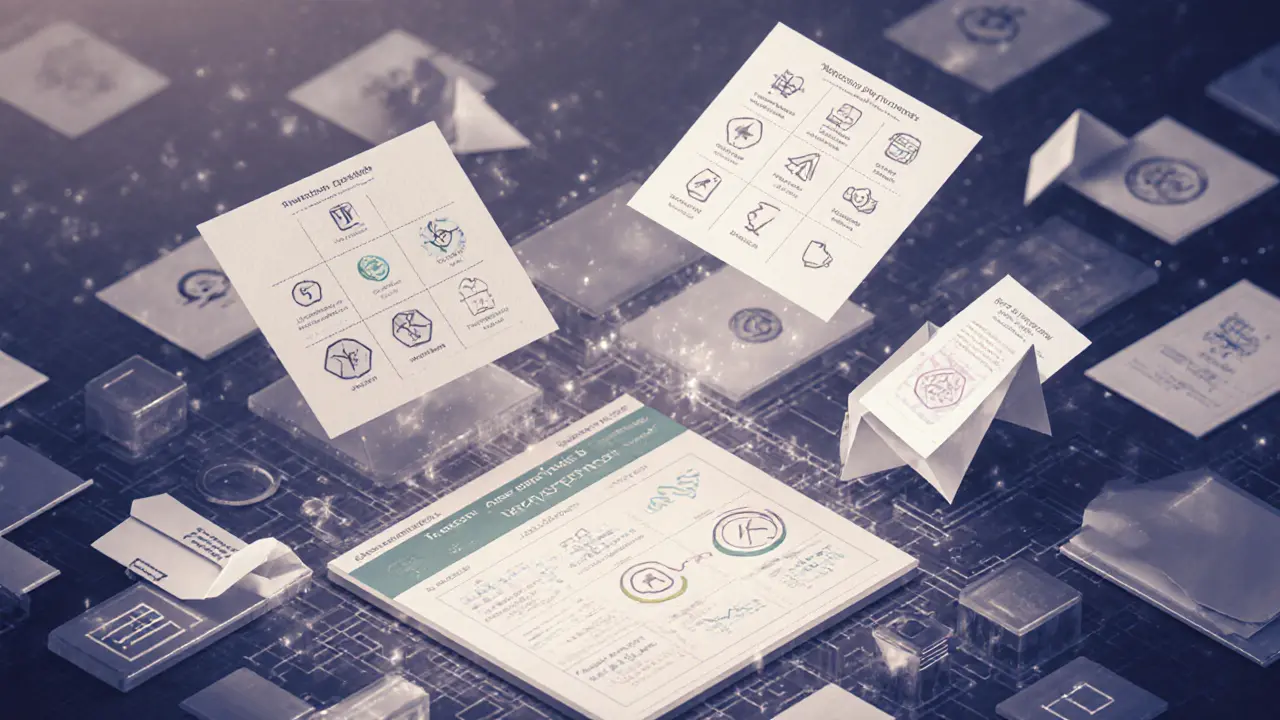DAO Proposals: How Decentralized Governance Works and What You Need to Know
When you hear DAO proposals, smart contract-driven votes that let token holders decide how a project spends money, hires teams, or changes rules. Also known as on-chain governance, these proposals are the backbone of how decentralized projects actually run—without CEOs or boardrooms. Think of them like community polls, but instead of clicking a button on a website, you’re locking up your crypto to cast a vote. And unlike traditional companies, where decisions come from the top, DAOs let anyone with tokens have a say—even if you’re just holding a few hundred dollars’ worth.
Behind every decentralized autonomous organization, a community-run digital entity governed by code and token-based voting is a stack of proposals. Some are simple: "Should we spend $50K on marketing?" Others are complex: "Should we fork the protocol to fix a security flaw?" The most successful ones don’t just get votes—they spark real discussion. They’re not just submitted by founders. They come from regular users who’ve spent time in Discord, read the docs, and understand the trade-offs. That’s why the best DAOs don’t just count votes—they reward participation. You don’t need to be a coder to help. You just need to care enough to read the proposal, ask questions, and vote.
Not all DAOs work the same. Some require a 5% token stake just to submit a proposal. Others let anyone propose, but only those holding over 1% can vote. And then there are the ones that ignore proposals altogether—because the core team still pulls the strings. That’s why it’s important to look beyond the hype. A DAO with 10,000 active voters is more real than one with 100,000 wallets that never log in. The real power lies in who shows up, not who owns the most tokens.
And it’s not just about money. DAO proposals shape everything: from which new tokens get listed on a DEX, to how a project allocates its treasury, to whether it even continues operating. You see this in projects like SushiSwap, where a proposal to shift liquidity rewards changed how traders earned fees. Or in the case of MakerDAO, where a proposal to adjust collateral ratios kept the system stable during market crashes. These aren’t theoretical ideas—they’re live decisions made by real people using real crypto.
If you’re holding tokens in a DAO project, you’re not just an investor. You’re a stakeholder. Ignoring proposals is like owning a share in a company but never showing up to the annual meeting. The next time you see a proposal pop up in your wallet or on a governance dashboard, don’t just scroll past it. Read it. Ask why it matters. Vote. Because in a DAO, your voice isn’t just heard—it’s coded into the system.
Below, you’ll find real-world examples of DAO proposals in action—from failed votes that cost projects millions, to ones that saved them. You’ll see how communities debated token emissions, how scams tried to sneak through, and how everyday users pushed back. This isn’t theory. It’s what’s happening right now in crypto. And you’re already part of it.

